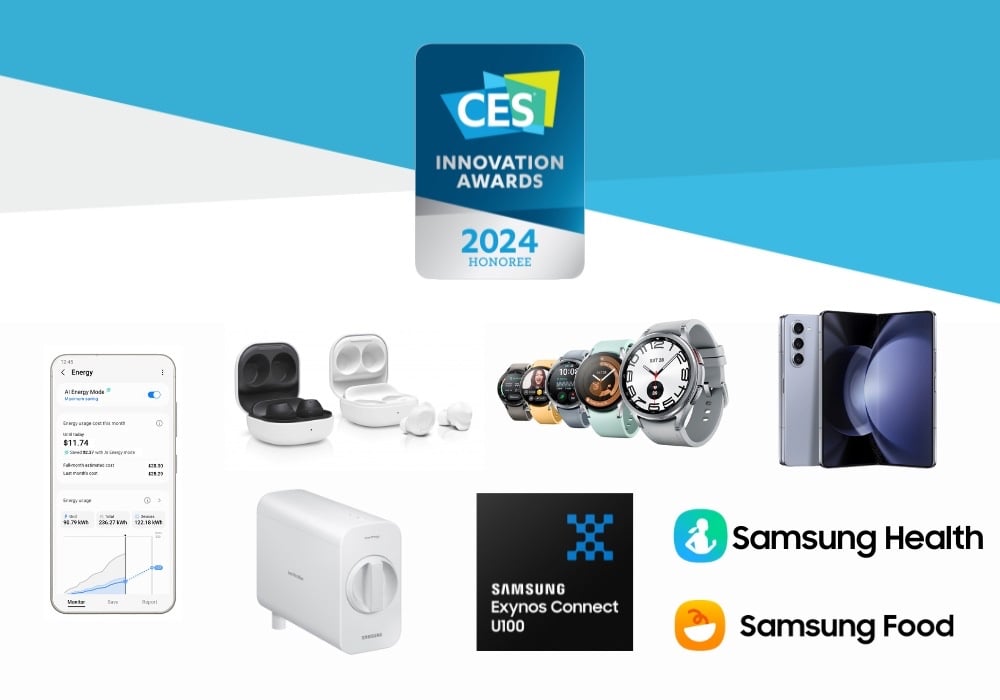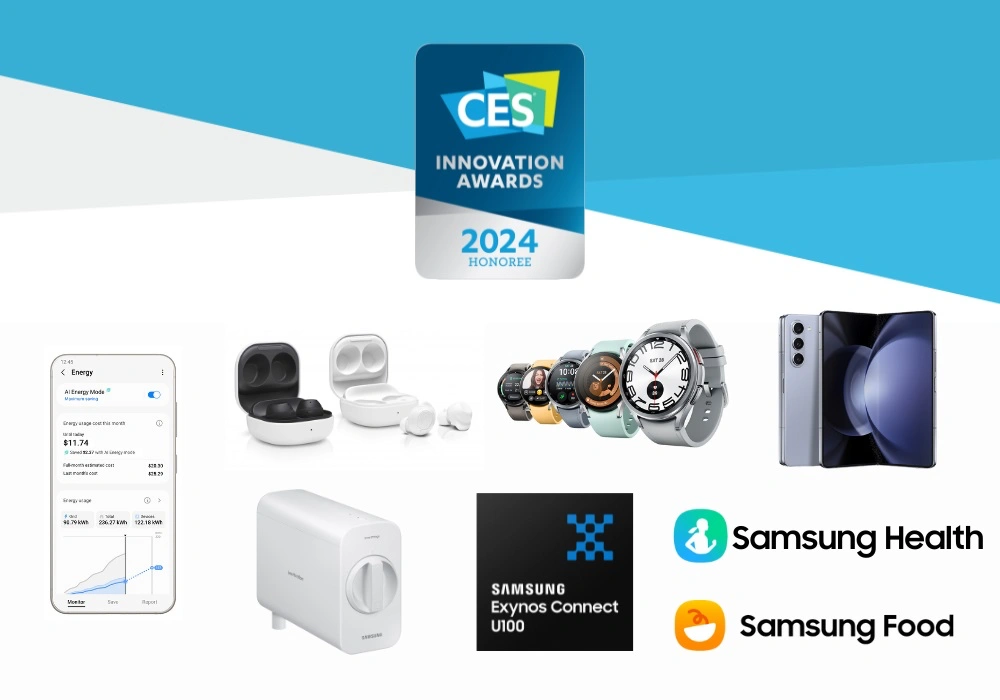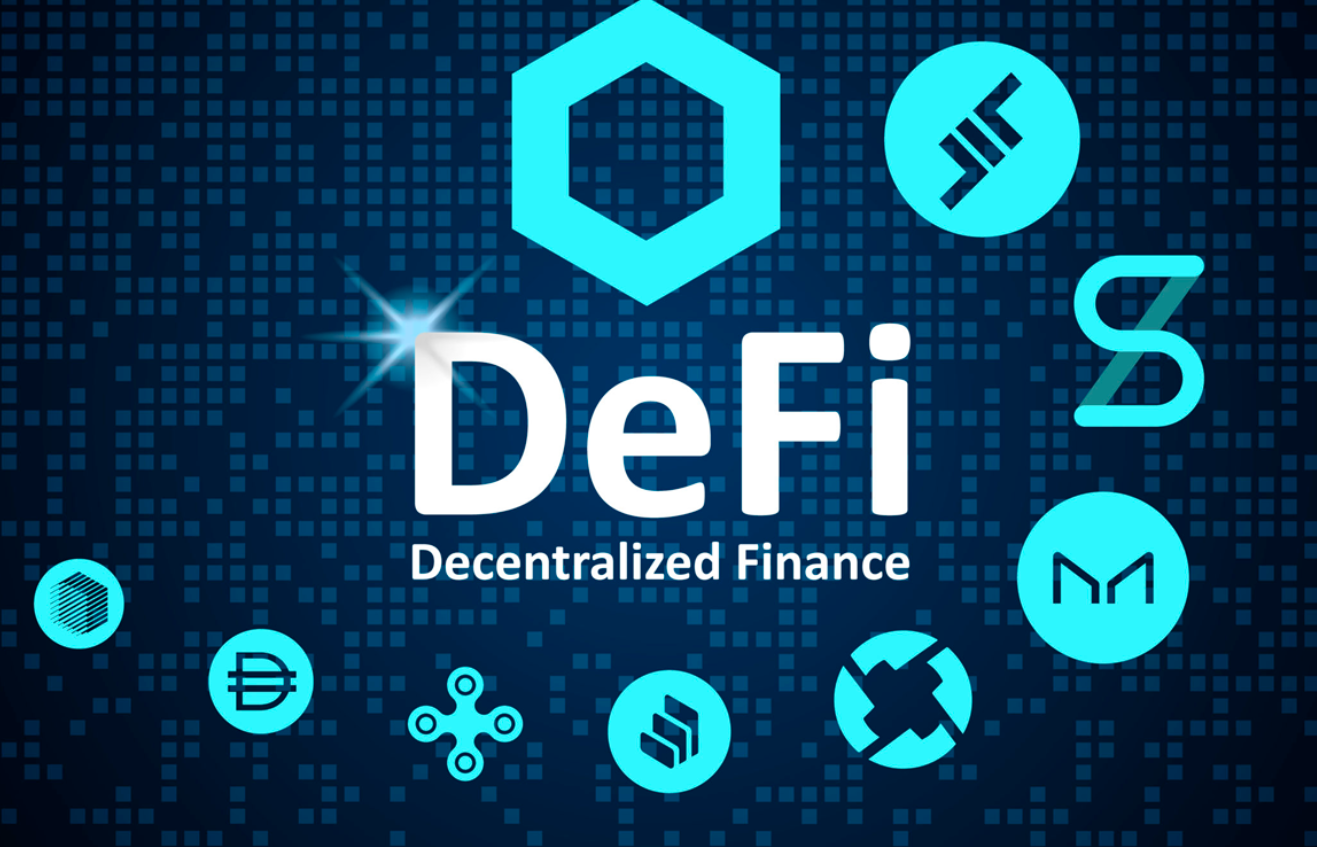[ad_1]
Samsung has announced the launch of the third edition of the Solve for Tomorrow program in India. The program aims to foster a culture of innovation among students. This year, the program has two tracks: School Track and Youth Track.
This program is held in 63 countries globally. Over 2.3 million young people have participated in it worldwide.
Samsung India’s Solve for Tomorrow program in 2024 brings exciting rewards
Samsung India has announced the 2024 version of its Solve for Tomorrow program. This year, it was launched in a strategic collaboration with the Foundation for Innovation & Technology Transfer (FITT), IIT Delhi, the Ministry of Electronics & Information Technology, and the United Nations in India. The program aims to improve the innovative thinking and problem-solving skills of the country’s students.
The program was launched by JB Park (President & CEO of Samsung Southwest Asia), Dr. Sandip Chatterjee (Sr. Director and Scientist ‘G’, Ministry of Electronics & IT), and Mr. Shombi Sharp (United Nations Resident Coordinator in India).
Students can apply to participate in the Solve for Tomorrow 2024 contest by filling out the form here. The application date starts on April 9, and the application period ends on May 31, 2024.
School Track
The School Track is for students aged 14 to 17 and focuses on the ‘Community And Inclusion’ theme. It emphasizes the importance of uplifting underprivileged people, improving accessibility to health care, and promoting social inclusion. Students can participate in this track individually or as a team of five members.
Shortlisted students will get hands-on training from industry experts, including those from IIT-Delhi, MeitY, Samsung, and UN in India. They will get exclusive mentoring, coaching, and an opportunity to attend a curated innovation walk with Samsung leaders. There will be milestone-based grants for prototype development.
Up to 10 semifinalists will be selected, and each will get a grant of INR 20,000 ($240) for prototype development. They will also get Galaxy Tab devices. Finalists will get grants of INR 100,000 ($1,200) each for prototype development and Galaxy Watches.
The final winning team will be called ‘Community Champion’ and receive a seed grant of INR 2,500,000 ($30,000) for prototype development. The schools to which the team belongs will get Samsung devices for free to improve the quality of education.
Youth Track
The Youth Track targets students aged from 18 to 22 years. It seeks innovative ideas based on ‘Environment And Sustainability.’ It aims to bring ideas that reduce carbon footprint and protect the environment.
Up to 10 semifinalists will be chosen for the Youth Track. Each team will receive INR 20,000 ($240) in grants for prototype development and Galaxy Book laptops. Each of the five finalist teams will receive an INR 100,000 ($1,200) grant and Galaxy Z Flip smartphones.
The final winning Youth Track team will be called ‘Environment Champion.’ It will receive a seed grant of INR 5,000,000 ($60,000) for prototype development at IIT-Delhi. The colleges to which the team members belong will get Samsung devices for free to improve the quality of education and development.
JB Park, President & CEO of Samsung Southwest Asia, said, “At Samsung, we strive to inspire and shape the future through innovative ideas and transformative technologies. Our mission revolves around fostering the next generation of innovators and catalysts for social change. Solve for Tomorrow is truly shaping up as a platform for India’s youth to come up with meaningful innovations that can improve the lives of people.“
[ad_2]
Source Article Link











